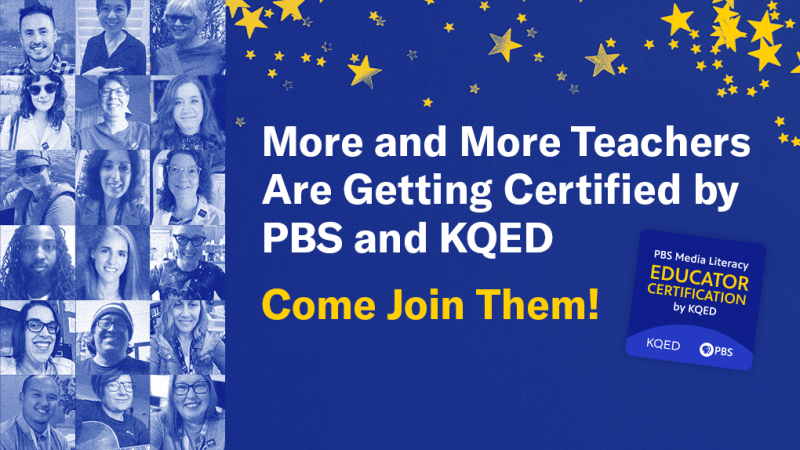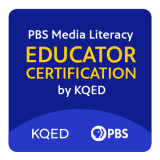Before doing the certification, I thought I knew how to teach analyzing media and evaluating sources. But this took such a deeper dive and caused me to teach in a different way. —Erin Ermis, Instructional Library Technology Specialist, Wisconsin
It’s been a minute since we’ve shared what’s happening with the PBS Media Literacy Educator Certification by KQED. While 2022 has been a tremendously challenging year for educators around the country, so many of you have prioritized combating misinformation and empowering your students by incorporating media literacy in your classrooms. And we’re noticing and recognizing your hard work!
We recently certified our 100th educator: Erin Ermis, an Instructional Library Technology Specialist from Wisconsin. We have also awarded nearly 1,800 micro-credentials to 475 educators from around the country! Each micro-credential represents an educator teaching critical media literacy skills to their students, including analyzing media messages and creating their own media in a variety of formats.
We’ve found that educators make the most progress when they work with their colleagues on media literacy instruction. We are so excited to see local cohorts being organized by PBS stations around the country, including PBS Wisconsin, PBS Rhode Island, PBS Idaho, PBS Montana, WSKG in New York, and SCETV in South Carolina. (Get connected to a local cohort by emailing avaba@kqed.org.)
The PBS Media Literacy Educator Certification by KQED has been recognized by a number of prestigious organizations. Most recently, the program was awarded the 2022 Media Literate Media Award by the National Association for Media Literacy Education (NAMLE.)
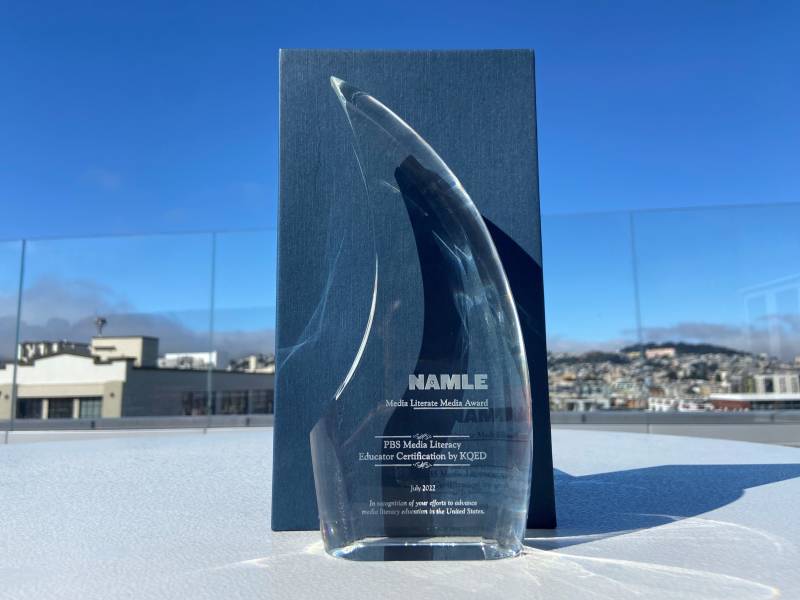
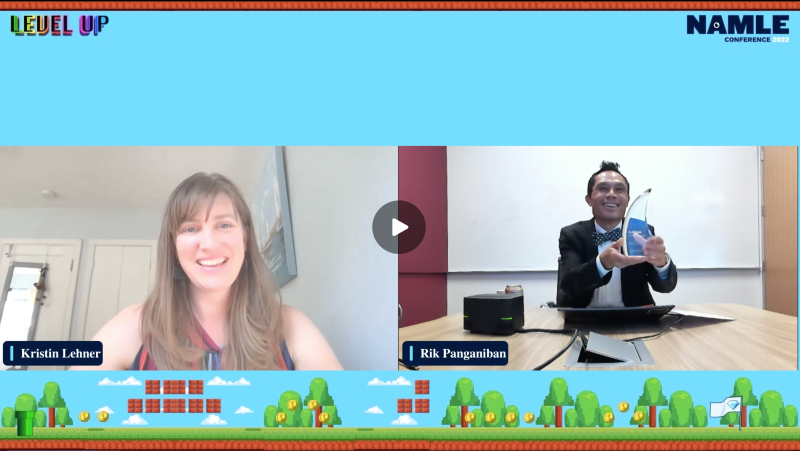
But what kind of impact are we having in the classroom? We talked to our 100th certified educator Erin Ermis about her experience becoming certified.
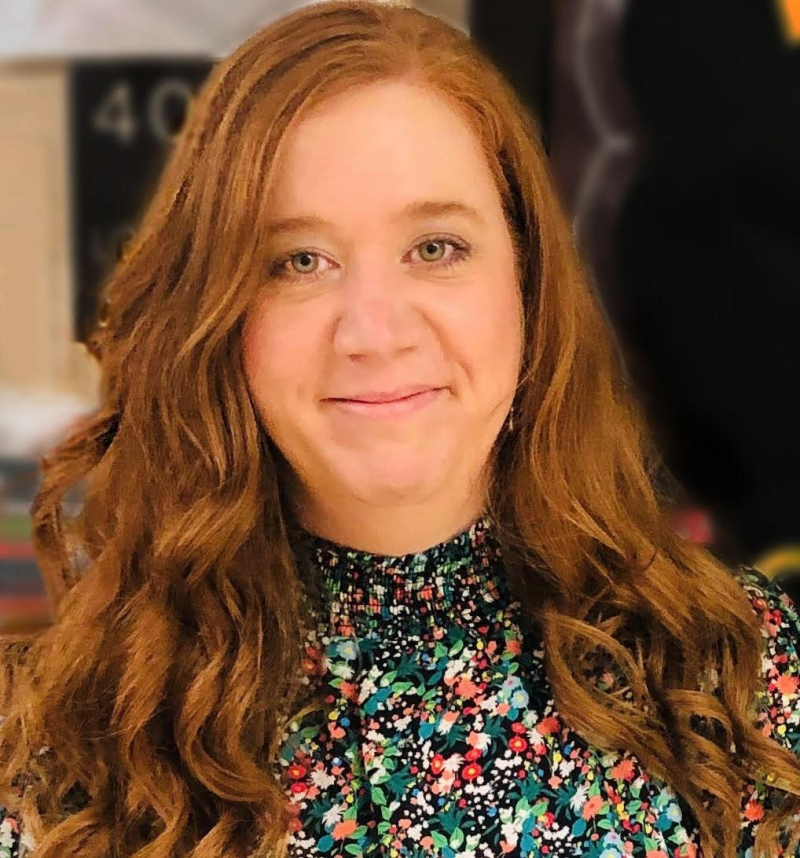
“I’ve taught Digital Citizenship for years. But doing the Code of Conduct micro-credential gave me a different lens. Instead of me just saying ‘this is what it means to be a digital citizen,’ we created a lesson where the kids designed the technology code of conduct themselves. It was a totally different way to teach digital citizenship that allowed students to have more ownership of it. By the end of the year, students were holding each other accountable. They would say ‘Wait, our code of conduct says this….’ I’d get goosebumps because they were just doing this.”
